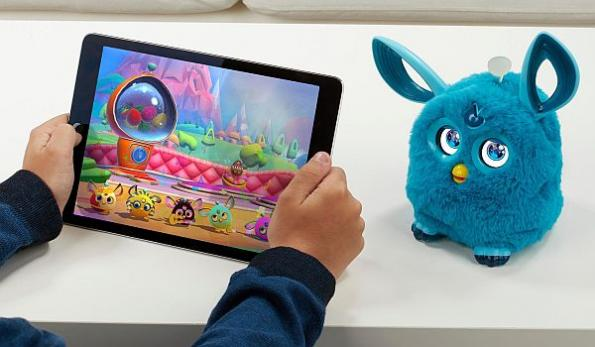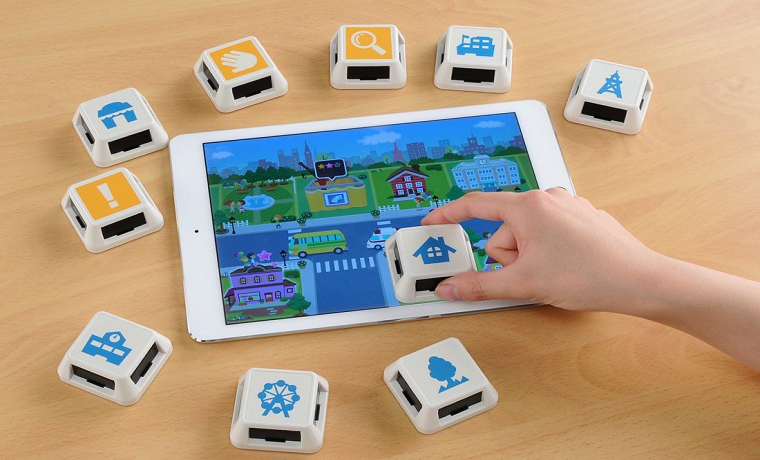Consumer needs are changing constantly and many individuals prefer online shopping rather than going to brick and mortar stores to buy what they need. Kid’s requirements are rapidly changing too and children prefer digital technology such as tablets and iPhones from a young age. The high demand for these gadgets makes it challenging for traditional toys to offer the same level of allure. Stores like Toys R Us must compete and acclimatize to better-funded moguls such as Amazon, Walmart and Target. Even though the company has announced closing its stores all over the US, it will uphold the Babies R Us web and registry stores for now.

What Are The Challenges That Toy Stores Face?
The selling industry is continuously changing, and the demand for digital technology are mostly to blame for this. The precipitous changes makes it challenging for conventional toy stores to survive. The expanding access to the web and the explosion of cost-effective progressive communication tech over the past ten years has shaped a generation of digital communities for whom a division between real-life and virtual play is marginal. This has resulted in manufacturers having to integrate smart features into product lines to keep up with the demand for technological games and toys. Laptops, smartphones and tablets have become a regular occurrence in developed markets, and the decrease in prices for these devices has made it more accessible and popular in evolving markets too.
Are Traditional Toys Losing Their Appeal?
For some, the days are long gone for building Lego spaceships or playing popular family board games like monopoly. Nowadays, children desire interactive tech toys that are connecting to the web or are powered through apps. They want to have conversations with robots and interact with animals that grow and learn when you play with them and toy companies are happy to please. There are a large selection of different tech toys available for purchase, suitable for all ages, even adults. Touchscreen gadgets have overtaken almost every other toy for kids. Research revealed that more than sixty percent of parents admitted their children are using touchscreens. These devices have surpassed action figures, board games, dolls and other conventional toys and experts are of the opinion that their attractiveness keeps rocketing.
Will Traditional Toys Eventually Lose Their Appeal Entirely?
The US market for old-fashioned games and toys was estimated at 26.1 billion dollars in 2016 with growth fast tracking over the preceding four years. The most significant sector of games and toys being sports and outdoor toys, accounting for about 18.4 percent of the entire market, tailed by games and toys for toddlers, infants and pre-schoolers. The rising economy has consumers feeling more optimistic about their personal finances and climbing wages, leaving them with some extra cash to treat their children and themselves. In addition, a number of ongoing blockbuster movie franchises have a consistent stream of favorite character toys and merchandise on the shelves. Toy manufacturers have also retaliated to fluctuating consumer preferences by creating toys that parents are excited to purchase for their little ones. Many parents are aware of the dangers of too much screen time and will keep the tradition of playing with conventional toys alive and well.

